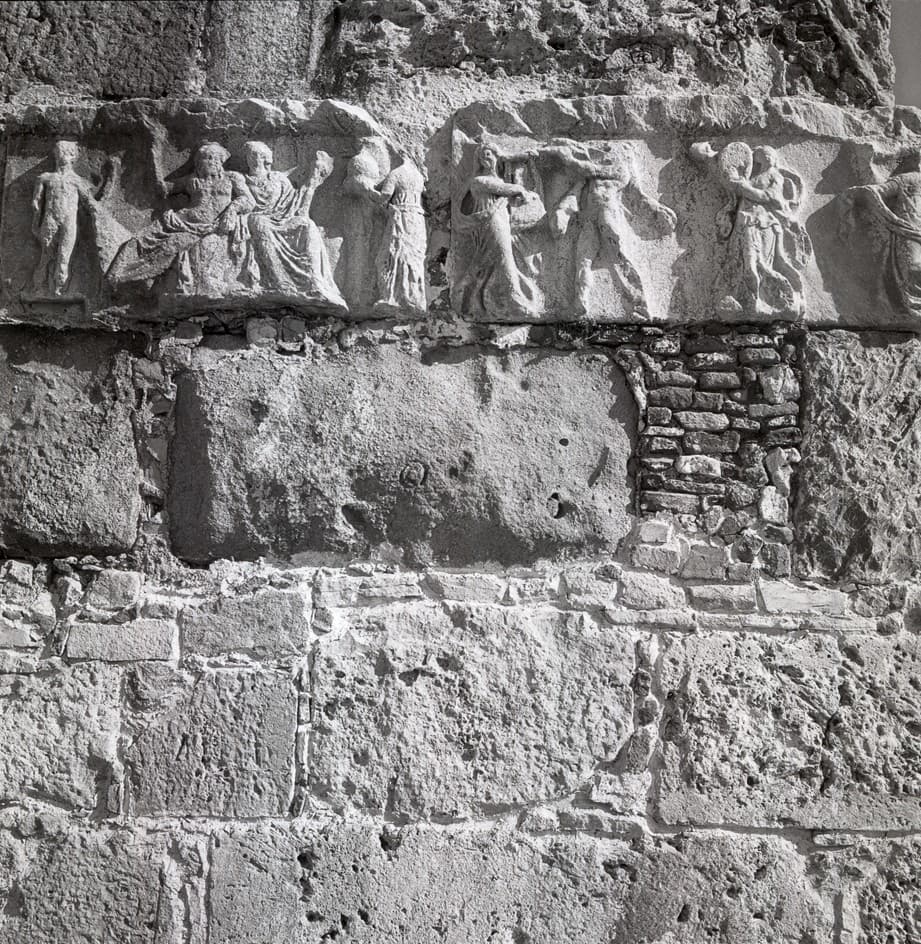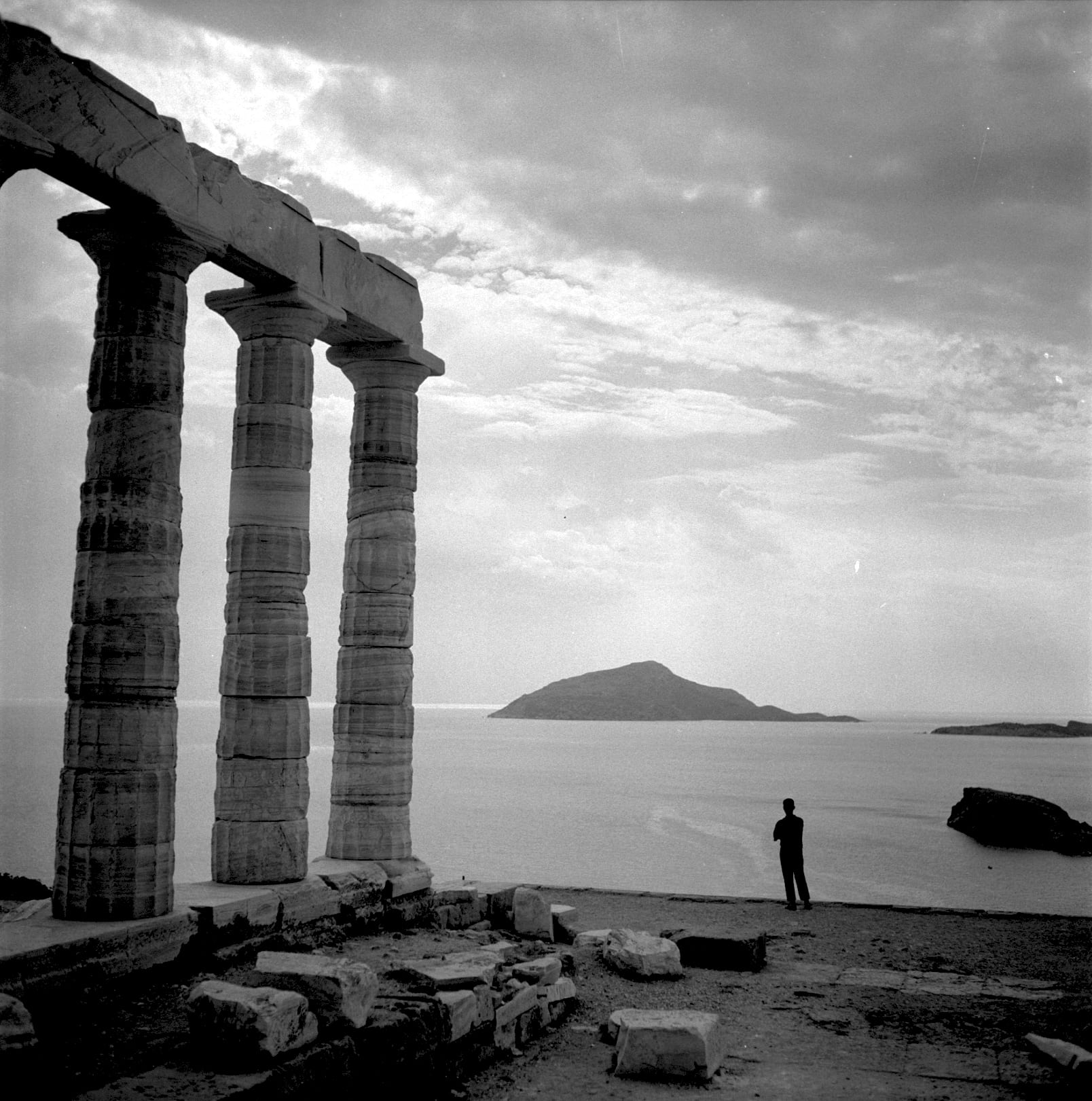Robert McCabe.
Memories and monuments of the Aegean
CONTEMPORARY ART
DECEMBER 8, 2016 8 UNTIL MARCH 19, 2017

THE EXHIBITION
At the same time, there were presented photos of the renowned American photographer Robert McCabe, who captured with his lens parts of life in the societies of the same Cycladic islands 4500 years later; photos closely related to the ancient artefacts, as if in this Aegean island complex time stopped until the 1960s. The exhibition Memories and monuments of the Aegean included two sections with a different theme, linked by the Greek seas and the critical role they played in human societies in the Aegean over the centuries.
The first section illustrated important aspects of life in the Aegean in the 1950s and 1960s. At that time, everyday life flowed without electricity, roads, motor vehicles, telephones, running water and ferries. The infrastructures that were available to people then, had little changed compared to 5000 years ago. The second section presented some archaeological sites by the sea. Most photographs were taken in 1954 and 1955, when these areas were little changed compared to the descriptions of travelers who visited Greece in the 19th century. Most of these sites have a long history, some as religious centers, others as commercial hubs and some for their strategic military importance.
ARTWORKS
The Islands Where Time Stood Still

For roughly 5,000 years following 3000 BC very little changed in the Aegean islands in terms of the infrastructure and resources available to support human existence.When I first visited the islands in 1954, by and large there were no telephones, no television, no running water, few roads, no electricity, little concrete, no motor vehicles, no airports, no roll-on roll-off ferries, no tractors.
Each island had to essentially live within its resources of arable land and water, supplemented by fishing and trade, and remittances from seamen and emigres. There was an equilibrium in the lives of the islands based on their available resources.Perhaps by scrutinizing life in the 1950s we can get unexpected insights into some aspects of the life that human beings lived in the 3rd millenium BC, and that is the goal of the images presented here.
By the Sea, by the Beautiful Sea
Waterfront property has had special attractions since the earliest human settlements in the Aegean. It provided an efficient gateway to the sea’s food resources, as well as for trade and travel. From a military point of view fortresses on the sea provided stepping stones for conquest and for ruling and protecting territories.
Piracy sometimes made the waterfront more risky, and in those times settlements moved inland, with their houses often hidden from the sea view in valleys or behind ridges.
The frequent junctures of mountains and the Greek seas provide magnificent scenery—often very photogenic. If you add the ingredient of an ancient ruin you have subject matter of irresistible and compelling attractiveness to a photographer. This small selection of Greek sites by the sea encompasses a wide swath of Greek history and types of settlements: medieval castles, religious sites, ancient cities, trading centers, battle sites.
* ‘By the Sea, by the Beautiful Sea’: title of a popular song published in 1914, with lyrics written by Harold Atteridge and music by Harry Carroll.
Robert McCabe
Prints editing
Photos panel printing
Frames
Technical constructions
Translations
Visual identity
BE
FRIENDS






